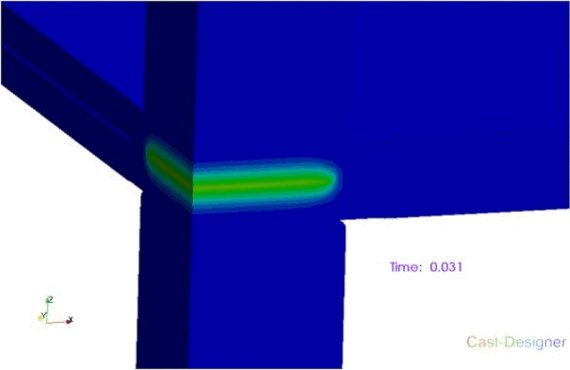Resistance Spot Welding
The process of permanently joining two or more metal parts, by melting both materials. The molten materials quickly cool, and the two metals are permanently bounded.
The heat used for welding is generated by passing current through a resistive circuit. It is electrical property of resistance to the flow of the current through the metal that causes heat to be generated when the current flows through it.
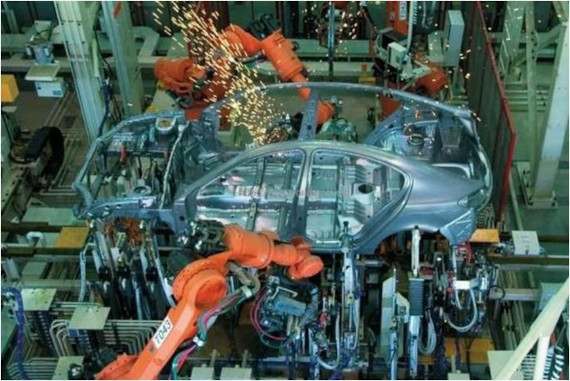
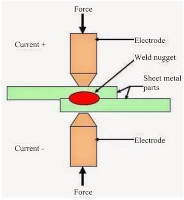
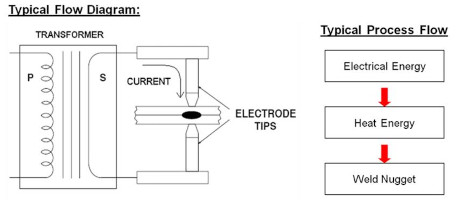
Welding Simulation in Industry (Lobe Curve -1)
Weldability lobe is defined as a graphical presentation represent the range of acceptable welding parameters set that may results in acceptable weld qualities. The region according to design requirements. The main purpose to simulate the weldability lobe is to identify the optimized process window of welding parameters to achieved desired spot weld quality while reducing operational cost especially on welding power consumption and consumables.
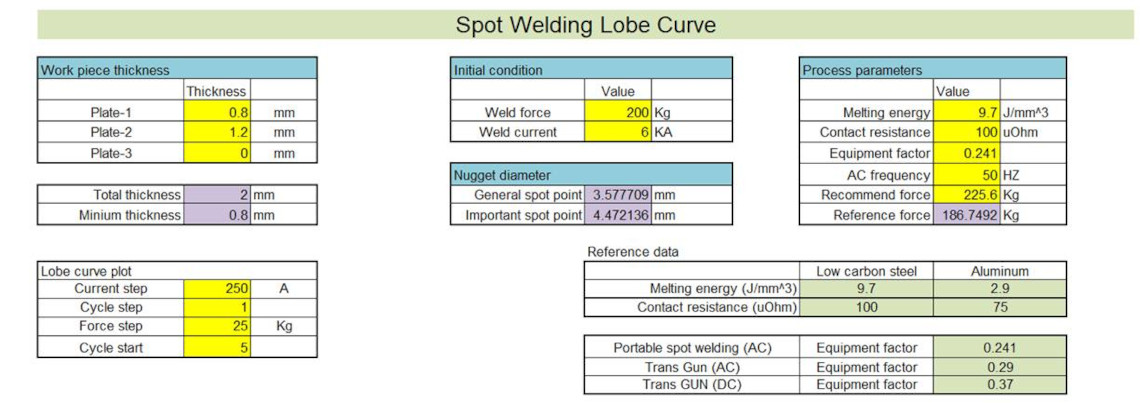
In modern welding activities in manufacturing industry, the welding simulation software is widely used to select the best parameters that meet the manufacturer’s requirement especially on joint stretch. The main feature that very useful for optimization process is process window (weldability lobe) simulation function.

Simulation Modeling
- Full 3D simulation is applied to the spot weld process
- Cast-Designer Weld provides rich tools for the CAE modeling
- Blank sheet database and electrode database
- Simple setup with template support
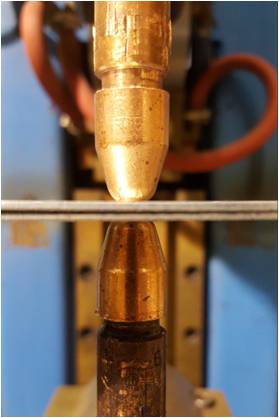
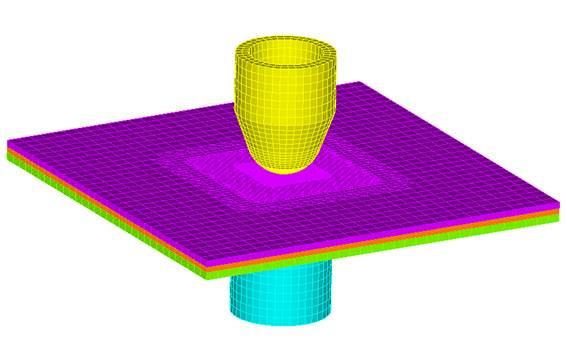
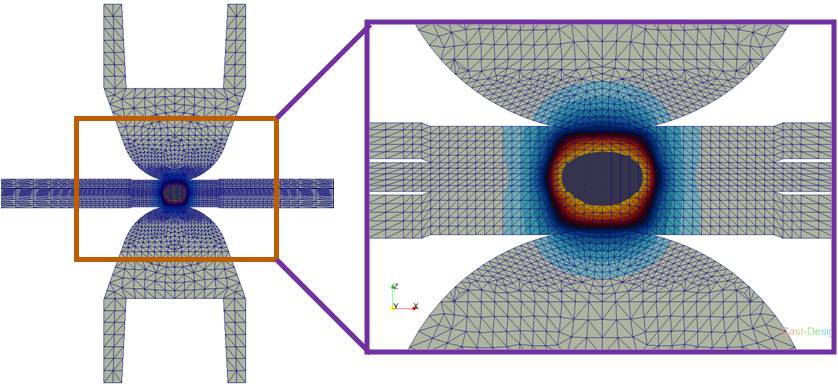
CAE model of welding of a three 1.0mm+0.8mm+1.2mm thick uncoated sheet assembly
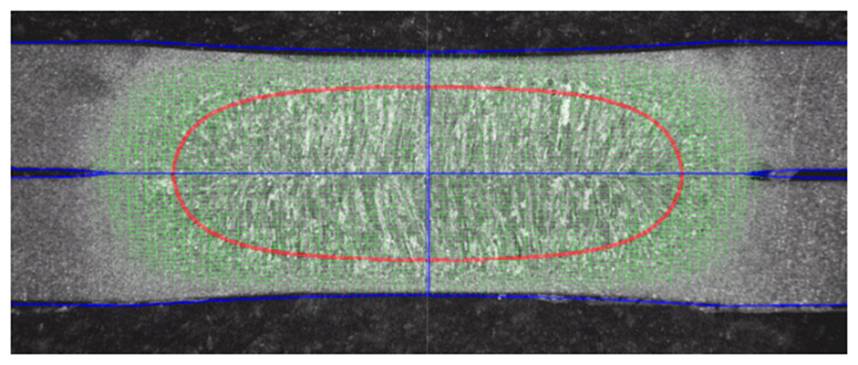
Comparison between numerical and experimental nugget size at the end of heating
Weld Process Simulation
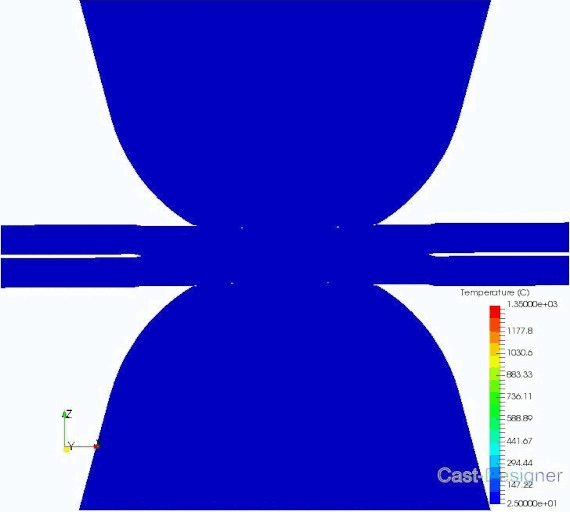
The section cut show the detail temperature distribution of the welding process.
Nugget Growth and Cooling Down
